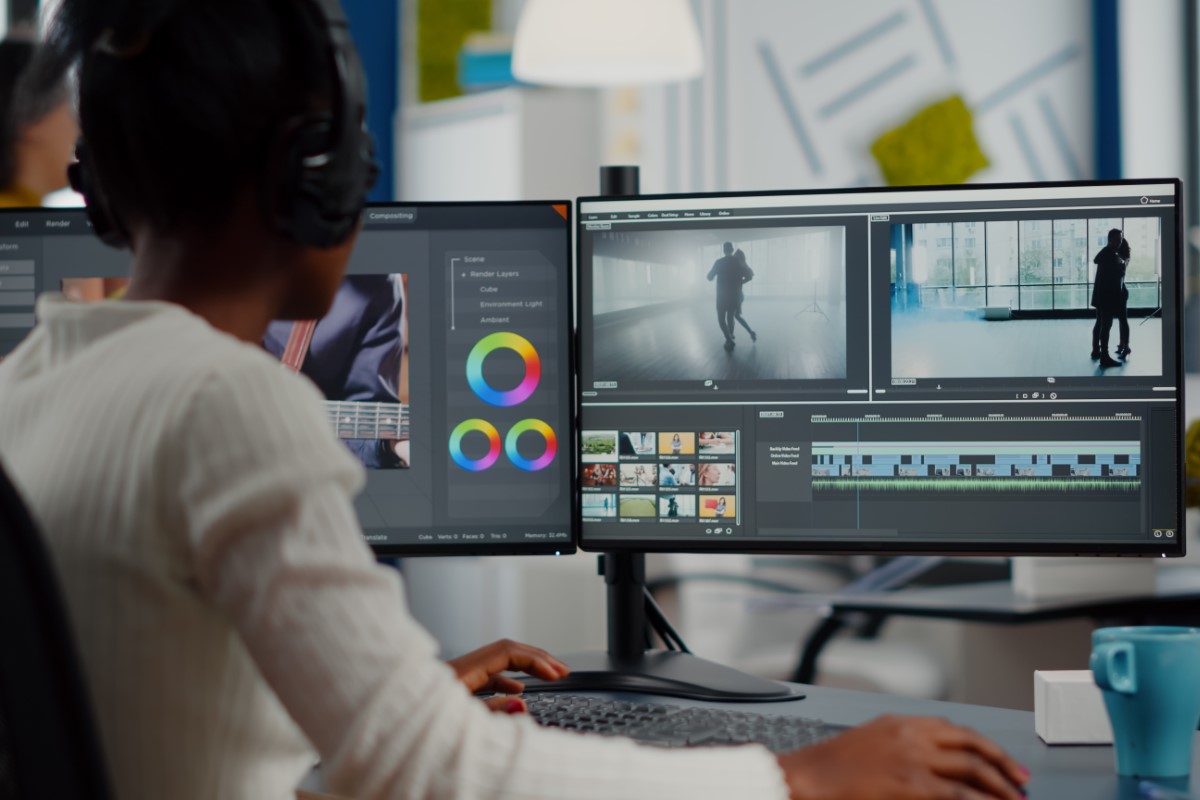Typically set to music, a movie montage is the method of choosing and editing individual sections of footage together to form a continuous sequence.
Montage originates from the French verb “monter,” which means “to assemble” or “to edit.” As film processes and techniques grew, “montage” quickly became the term widely used to describe the film editing process.
The purpose of a montage is to convey information clearly and effectively to an audience inside a condensed amount of time. Due to their impactful nature, they are a popular editing device in every genre of film.
A successfully executed montage can be an invaluable storytelling tool for a filmmaker. It plainly expresses necessary information to an audience while maintaining the overall pace of the film by eliminating elements that could bog the story down. So while that’s a general look at the reasoning behind executing a montage, let’s dive deeper into the goals behind using them.
